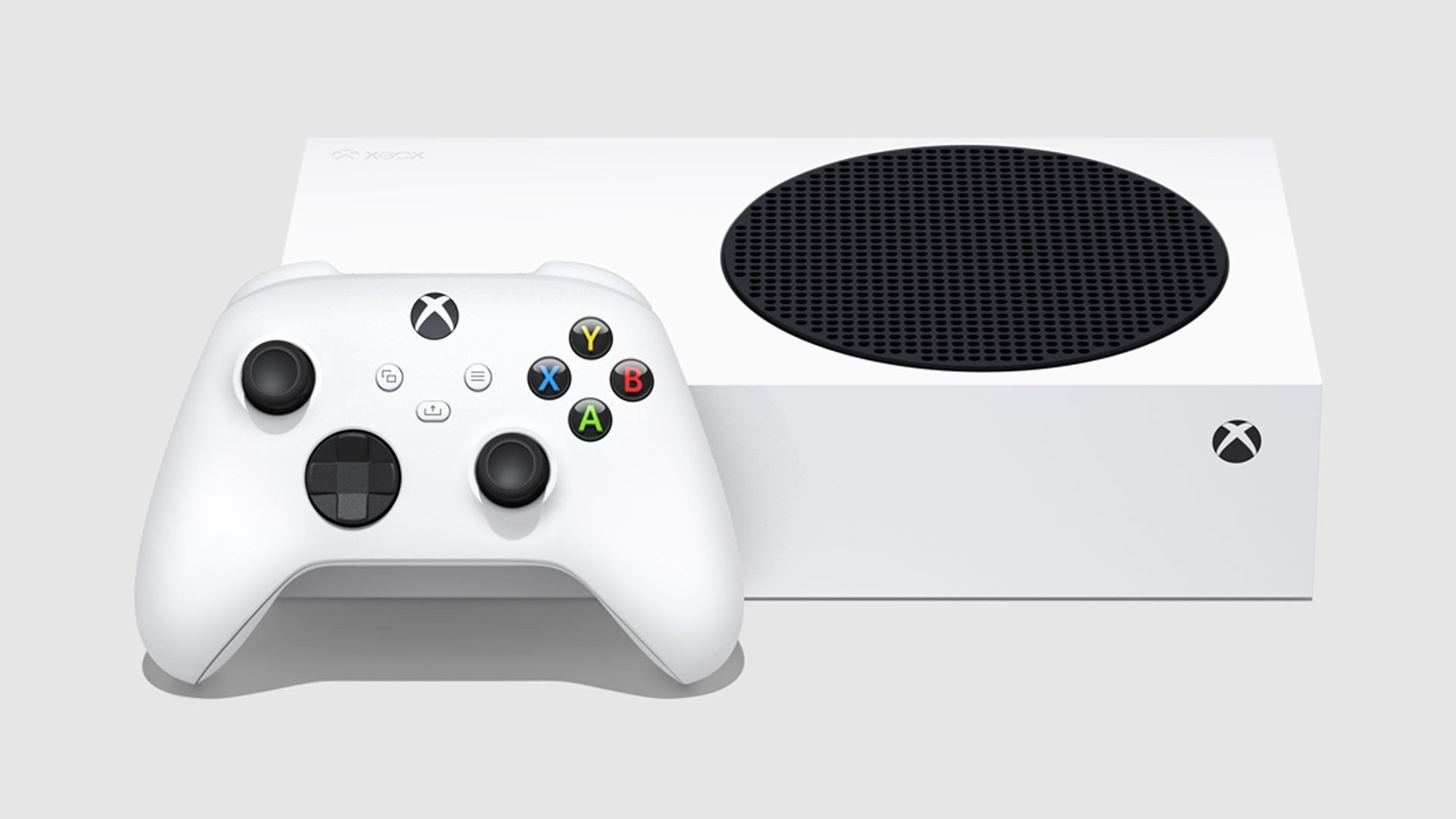Not really a feature but the battery life itself. By of course, making assumptions on what the capacity could possibly be and peak current.
I think that nintendo definitely doesn't skimp on batteries when it comes to their portables. The new 3ds itself (base model) has a
~1700mAh battery.
I know this may not sound like a lot considering the smartphone market perspective, when even in 2015 many (cheap) phones were above the 2000mAh range. However, if you've seen the size of a base 3ds battery, you know how it's smaller than most of these phones.
The switch's ~4300mAh battery isn't that big either (as in, the unit itself) specially for it's capacity.
I'd like to propose a discussion on clock speeds x peak current on drake assuming a range between 4300 and 6000mAh for the battery (which imo is the reasonable range to be expected on a new switch).
I think a 5000mAh battery is possible if they see it, or if they see the current one as fine we can expect that too.
We haven't confirmed that Drake has an HDA. That seems highly likely but not confirmed - that would allow hardware decoding of compressed audio. Does the GPU support sampler feedback? I'm unclear if this comes for "free" with Ampere, or not, and what level of support Nintendo needs to provide in the API.
Fundamentally, it's a modern chip, built on a modern GPU/CPU design, customized for Nintendo's use. Architecturally, it's hard to beat.
VRS, Sampler Feedback, Mesh Shaders, HDR “for free”, etc are hardware based features. Also, what’s HDA? The High-Definition Audio I mentioned previously?
It probably does have it since it is part of the audio engine for the system and can carry over. Whether they’ll use it to the fullest is up to anyone’s guess and it’s an industry standard anyway. But that doesn’t confirm 100%.
@Pokemaniac has convinced me that I want a 1080p screen. I won't consider it a failure if it doesn't, but I see the value. Yes, would love connectivity improvements.
I will not be convinced

, there is a benefit in having a native 720 or 540 to 720 via DLSS in a light way than to have 1080p or 720 to 1080p with DLSS.
If in portable mode, it is 720p, and it increases the performance by twice the clock speeds, it’ll be able to do around 1080p (720p->1080p needs 2.25x performance uplift). It’s from 1080p that it does DLSS to whatever target res the dev wants. The game is still rendering internally from 1080p, that’s the true resolution.
Yes the game to the end user is 1440p or 2160p, and looks like some 9x increase, but the game
isn’t doing 9x the pixels. It’s doing a lot less than that.
There’s no real benefit, to me, for going above 720p for portable mode other than maybe VRR.
We focus a lot in this thread about switch docked performance but completely forget that, whether intentional or not, that in portable mode it’ll be at half of that performance.
For comparison sake, lest assume the Series S is the version games get ported from. So, it’s a 4TFLOP machine, Drake at best would be 3.2TFLOP docked and 1.6 in portable mode. If the Series S has the game at 1080p, Drake wouldn’t be doing the same thing internally. It’ll have to have other concessions done for it.
It would need to make some cut backs too due to having a lower memory bandwidth.
So, it can do say, 720p portable, and docked it doubles the performance and that can take it to 1080p or close enough, 1018p.
Of course Drake will have levels of optimization for it, but I don’t agree with the notion that 720 to 2160 is weird because the machine isn’t doing that to begin with. It’s hitting lower and using DLSS make the difference.
I’m using this methodology here as the system is stronger and devs take less opportunities to optimize when it’s stronger.
Would love to see how they're approaching storage in general. PS5 just made a blazingly fast SSD. Microsoft used a slower SSD and some other hardware tricks to increase IO performance. The FDE is an indication that Hovi is really thinking about these things, so curious what the final stack will look like.
The FDE is new hardware, so it's hard to say, but their CUDA implementations are pretty excellent.
While true, it could be based on their existing technology.
I think they’ll go with the Sony method of a hardware based method, but rely on something that exists like UFS maybe. Or just rely on microSD. Hard to say.
XBox uses the Velocity Architecture and it is limited to 100GB iirc
As for the rest of the hardware - would love to see some rethinking on the Joy-Cons. The short sticks are hard to move short distances, and I know a lot of us are TV players with pro controllers, I personally am not. Would love it if Nintendo took this moment to make radically different (though rail compatible) joy-cons. While I rarely play games where it matters, I know a contingent would really like analogue triggers. Touch interfaces on the joy-cons also seem like smart moves - right now touch screen controls in handheld mode usually turn into motion controls, but it's not a perfect match.
Open questions about a microphone or camera setup. I've dug through the Linux drivers and it's unclear to me how much camera support is left from Orin in Drake. Will Nintendo throw a new control scheme in the mix?
I suspect that whatever else Nintendo does this iteration will be conservative, as the SOC clearly isn't.
I also suspect that, more of refinement and building on the Switch than remixing it.
If Drake has a PVA, that can actually help it for the image, but the PVA would help with the DLSS believe it or not. Due to being a sort of OFA, sorta.




